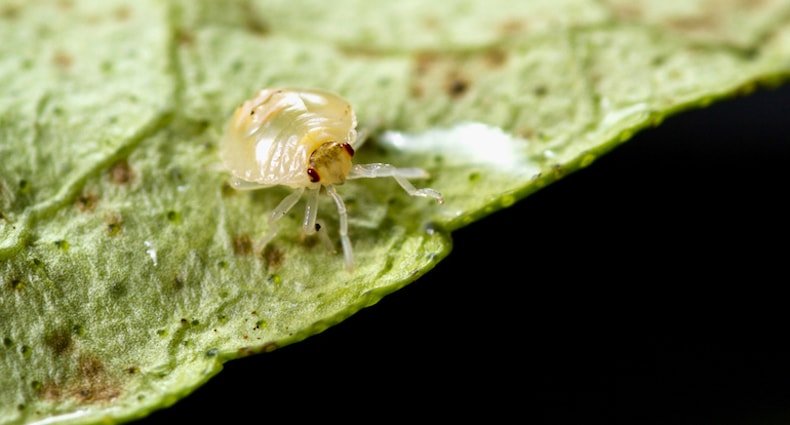
Spider Mites: How to Get Rid of Them for Good
Spider mites can wreak havoc in your garden and on houseplants. Here’s how to eliminate them permanently!
We have a potted Meyer lemon tree and a key lime tree that we bring indoors when temperatures dip below 45°F.
Honestly, we don’t have the ideal spot for them indoors, and by spring, they usually look pretty rough. But last winter, about a month after bringing them inside, they were nearly dead. Just bumping the table would send leaves raining down. Something was definitely wrong.
That’s when we spotted the tiny red dots and fine webbing—spider mites.
We had to act fast if we wanted to save our six-year-old citrus trees.
So, how do you get rid of spider mites without harsh chemicals?
What Are Spider Mites?
Before diving into solutions, let’s talk about what spider mites actually are.
Spider mites are, well, mites—arachnids, just like spiders and ticks. They feed on your plants and are reddish in color, but they’re so tiny you might need a magnifying glass to spot them!
They hang out on the undersides of leaves, spinning fine webs (hence the name). That webbing is often the first clue they’ve moved in.
Spider mites love hot, dry conditions.
Other names: Two-spotted spider mites, red spider mites
Signs of a Spider Mite Infestation
Since spider mites are so small, the webs on leaf undersides or between branches are usually the first giveaway.
You might also notice speckled leaves. In bad cases, leaves dry up and drop off.
Infestations spread fast—females lay tons of eggs, and their life cycle is short. Plus, eggs survive winter on leaves and bark.
Spider mites don’t fly, but they hitch rides on wind currents, spreading easily.
Common host plants include:
- Tomatoes
- Cucumbers
- Melons
- Squash
- Beans
- Strawberries
- Fruit trees
- Many houseplants
How to Get Rid of Spider Mites Naturally
I prefer natural methods—chemical pesticides can harm beneficial bugs, and organic solutions are safer for you and the environment.
Here are seven ways to tackle spider mites naturally:
1. Beneficial Insects
When we found spider mites on our citrus trees, my first move was rounding up ladybugs (anyone else’s house overrun with them in the fall?).
Ladybugs are great—they eat spider mites and aphids. But the real MVPs are predatory mites. Attracting them helps, or you can buy and release them for heavy infestations.
2. Neem Oil
By winter, most ladybugs were gone, so neem oil was our next step. It works against tons of pests—including spider mites. Within weeks, our trees stopped shedding leaves and started regrowing.
3. Companion Planting
Companion planting repels pests and lures beneficial insects. For spider mites, garlic, onion, and other alliums are your best bet.
4. Diatomaceous Earth (DE)
DE isn’t the best for major infestations, but it’s great for prevention. I sprinkle it on plants and soil to keep spider mite numbers down.
5. Insecticidal Soap
A popular organic option, insecticidal soap dehydrates and kills soft-bodied pests like spider mites.
6. Essential Oils
Mix essential oils with soap and water in a spray bottle. Apply in the early morning or evening.
Effective oils:
- Rosemary
- Cinnamon
- Eucalyptus
- Lemon
7. Hot Peppers
Sprinkle cayenne pepper around the soil, or make a pepper spray (fresh or powdered peppers + garlic + soap). Avoid spraying in midday heat—it can irritate skin!
